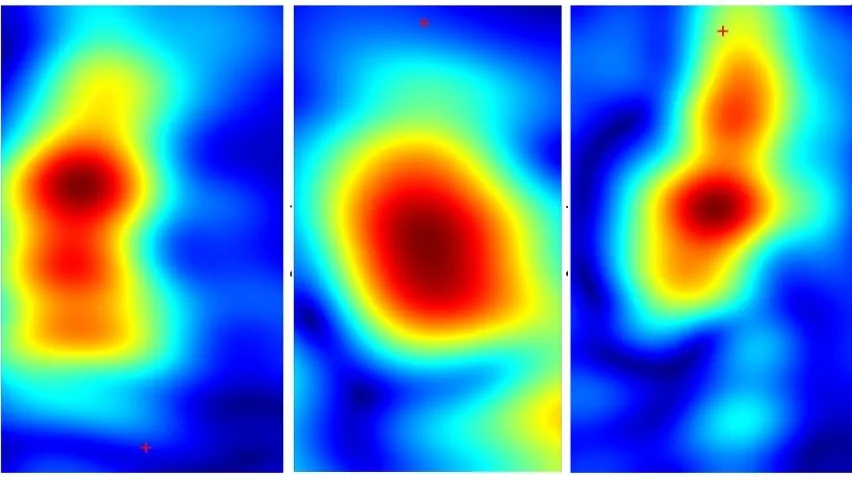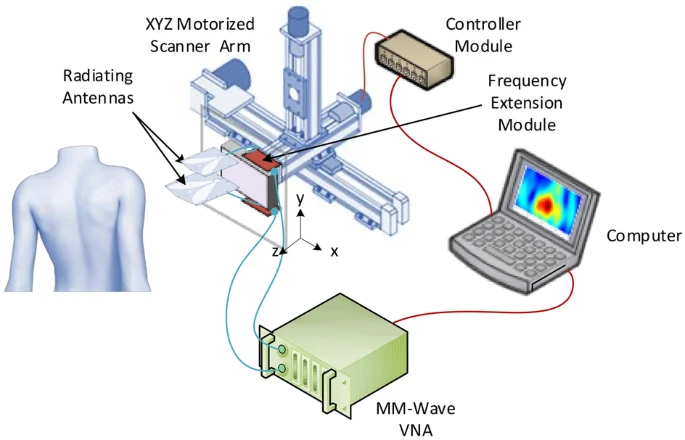A research team from Stevens Institute of technology has demonstrated the effectiveness of a new non-invasive skin cancer detection tool Preliminary tests have found that the technology is 97% effective in detecting cancer tissue, and researchers are now working to miniaturize the system to make it a low-cost handheld device.
The new system uses a technology called high-resolution millimeter wave imaging. The technology is similar to the scanning system used for whole-body safety imaging in the airport.
Previous work by Stevens's team has shown that high-resolution millimeter wave imaging can be effectively used to find cancer tissue.
Although these previous studies are a useful proof of concept, they are only conducted on tissue samples under laboratory conditions, not on living patients. But now the new study shows that the system has the ability to distinguish between human healthy tissue and cancer tissue. The study points out that the device can return results in about 20 seconds.
The researchers recruited 71 patients with 136 suspected skin lesions. After evaluation with a high-resolution millimeter wave imaging device, the researchers performed a biopsy of the lesion.
The results show that this new imaging device has incredible accuracy in identifying benign and malignant lesions. This preliminary test shows that the system has 98% specificity (meaning that 2% of its results are false positive) and 97% sensitivity (meaning that it accurately detects all malignant cancers except 3%).
Negar tavasolian, a researcher working on the project, said their new system was not the first to use complex imaging techniques to automatically label dangerous skin cancers. But those other tools are large, expensive and require trained operators. The new technology is intended to be designed as a small handheld device that can be used by doctors as part of a direct clinical examination.
"We're creating a low-cost device that looks like [mobile phones]," tavasolian said( ) As small and easy to use, so we can bring advanced diagnostic technology to everyone. This means that doctors can incorporate accurate diagnostic methods into routine examinations and eventually treat more patients. "
According to its introduction, at present, only one of every 30 skin cancer lesions has become malignant. Therefore, this new device is not to replace biopsy, but to add an additional tool to the doctor's diagnostic tools to avoid such a large number of unnecessary biopsies.
The current iteration of the device is far from portable, but the researchers believe that the handheld millimeter wave diagnostic device is feasible. Tavasolian predicts that in a few years, the manufacturing cost of handheld skin cancer detection equipment may be less than $100.
In addition, he added: "the way forward is clear. We know what we need to do. After this proof of concept, we need to miniaturize our technology, reduce the price and bring it to market."


